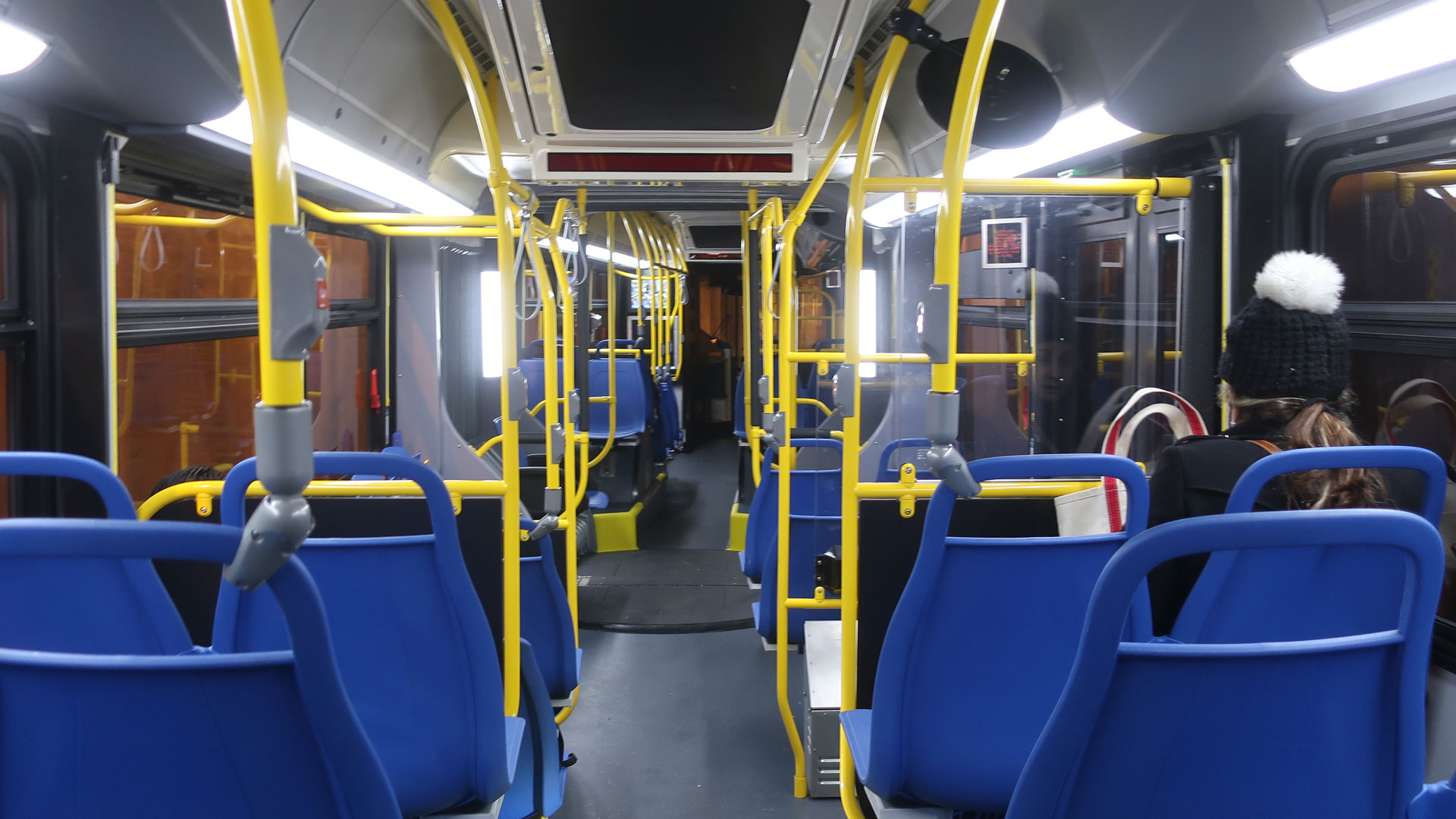
The Importance of Ventilation in Public Transportation Vehicles
Today, increasing urbanization, traffic congestion, and environmental sensitivities continue to reduce individual vehicle use while rapidly increasing the demand for public transportation systems. Along with this rising demand, the comfort, health, and safety conditions provided by public transportation vehicles have become a critical agenda. In this context, ventilation systems are of great importance not only for climate comfort but also for public health, air quality, and energy efficiency.
1. The Main Objectives of Ventilation in Public Transportation Vehicles
In enclosed vehicles with high passenger density such as buses, metrobuses, metro cars, trams, or trains, the primary functions of ventilation are:
-
Maintaining optimal indoor air quality
-
Preventing accumulation of carbon dioxide (CO₂), volatile organic compounds (VOCs), moisture, and particulates
-
Reducing the risk of microorganism and infectious disease transmission
-
Increasing passenger comfort and staff work efficiency
-
Balancing internal and external pressure and air circulation
To achieve these goals, both the mechanical infrastructure and automation support of the system must be well planned.
2. Components of Ventilation Systems
Ventilation systems used in public transportation are generally designed as integrated HVAC solutions and consist of the following main components:
a) Fresh Air Supply Systems
Systems that continuously supply clean air from the outside into the vehicle. They are usually distributed from the ceiling or through duct systems. When supported with CO₂ sensors, intelligent control is possible.
b) Exhaust (Waste Air) Systems
These expel dirty, humid, and particle-laden air to the outside environment. Pressure balancing control ensures equilibrium between internal and external airflows.
c) Filtration Units
HEPA, G4–F9 class filters, carbon filters, and antimicrobial layers filter dust, pollen, bacteria, and viruses, improving indoor air quality.
d) Automatic Control and Sensor Systems
These measure parameters such as temperature, humidity, CO₂, volatile gases, and passenger density to ensure efficient and responsive system operation.
e) Heat Recovery (HRV/ERV) Modules
Save energy by reusing the heat of exhausted air during fresh air transmission.
3. Pandemic and Beyond: The Critical Role of Air Quality
With the COVID-19 pandemic, the importance of ventilation in enclosed and crowded environments became much clearer. Research in public transportation shows that insufficient ventilation can increase virus transmission risk by 6 to 18 times.
During this period, organizations such as WHO, CDC, and ASHRAE recommended:
-
Increasing the minimum fresh air flow rate
-
Using HEPA 13 or higher grade filters
-
Integrating UV-C air disinfection systems
-
Automatic air management based on passenger density
These developments initiated a new era in engineering design.
4. Engineering and Design Criteria
Ventilation systems for public transportation differ from general HVAC designs in the following engineering criteria:
-
Vibration and shock resistance: Equipment must withstand shocks and jolts during transport
-
Limited space usage: Compact and integrated solutions are preferred
-
Low energy consumption: Especially critical for electric buses to optimize battery efficiency
-
Acoustic performance: Should operate quietly, without disturbing driver and passenger comfort
-
Emergency scenarios: Safe air circulation must be ensured in cases of fire, accident, or malfunction
-
Advanced automation: Real-time management of flow, temperature, humidity, and CO₂ using in-vehicle sensor data
5. Energy Efficiency Evaluation
Ventilation systems are among the largest energy consumers in public transportation after the motor systems. Therefore, designing energy-efficient systems is very important.
Energy-saving applications include:
-
EC fan motors: Low electricity consumption, long lifespan
-
Intelligent control algorithms: Adjust air flow based on passenger density
-
Heat recovery systems: Reduce heat loss in winter and cooling load in summer
-
Low pressure drop filters: Reduce fan load
-
Photovoltaic-supported ventilation (especially in electric vehicles)
Such systems can provide 20–30% savings in cumulative operational costs.
6. Compliance with Regulations and Standards
Ventilation systems in public transportation must be designed in compliance with various national and international standards:
-
EN 14750: HVAC design in rail systems
-
UNECE R107: Climate control systems in buses
-
TS EN ISO 16890: Air filtration classifications
-
ASHRAE 62.1: Ventilation air quality standard
Non-compliant systems can cause legal issues and failures that jeopardize user safety.
Quality Ventilation is the Foundation of Healthy Public Transportation
In public transportation systems, ventilation is not just a comfort element but a fundamental pillar of public health, energy sustainability, and user safety.
A successful ventilation system must:
-
Be flexibly configurable according to passenger density and climate conditions
-
Be designed with energy efficiency in mind
-
Ensure integrated operation of mechanical and digital engineering
-
Fully comply with legal and environmental standards
Today, this has become both a technical and ethical obligation.
A properly planned ventilation system in public transportation vehicles is a critical engineering achievement that directly determines not only indoor air quality but also its contribution to public health.
İlker KURAN
Alperen Engineering Ltd.







